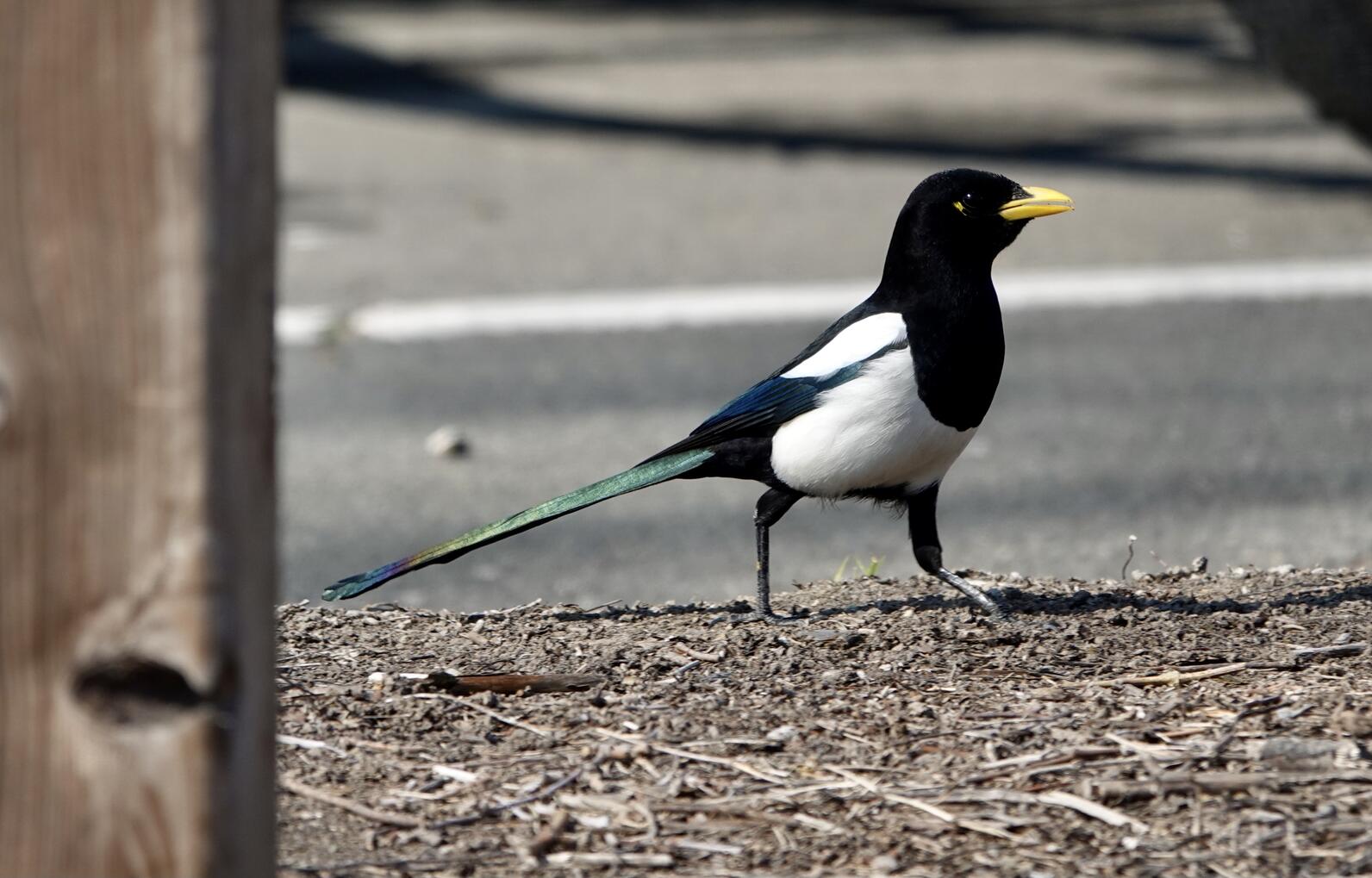
What is a general obligation (GO) bond?
A bond is a form of debt financing. You can think of a general obligation bond like a line of credit or mortgage taken out by the state to pay for major capital outlay projects such as roads, educational facilities, prisons, parks, water projects, habitat restoration, and office buildings. According to the Legislative Analyst’s Office (LAO), bonds are appropriate to fund those types of projects that provide services over many years, as their large dollar costs can be difficult to pay for all at once. Bonds allow the state to spread costs over a longer period, but they require repayment with interest. This allows the generations of taxpayers who benefit from the projects financed by the bond to pay down this “line of credit” or “mortgage” over time.
How do GO bonds work?
Per the LAO, state and local governments that engage in bond financing obtain this money by selling bonds to investors. In exchange, they promise to repay this money, with interest, according to specified schedules.
What investments does Audubon want to see in a climate bond?
Audubon California is dedicated to the conservation of birds and other wildlife and connecting people with nature. Statewide, we have lost over 90% of vibrant habitats such as wetlands and coastal sage scrub, and other key habitats such as our forests and grasslands suffer from habitat fragmentation, wildfires, and insufficient management. A robust climate bond and accompanying disciplined investment plan are critical to address the growing challenges in managing natural resources for the benefit of all Californians considering the major natural resources spending cuts in this year’s state budget.
We see a $15 billion climate bond as essential for innovating solutions to harness natural and working lands to sequester carbon, to balance the water needs of farming, communities, and wildlife, and to expand access to nature and its benefits for everyone. Audubon California supports climate bond investments in:
- Habitat and funding programs for the Wildlife Conservation Board, which provides grants for habitat protection, restoration, and management.
- The Department of Fish and Wildlife to improve the climate resilience of fish and wildlife habitat through habitat restoration, management practices, science, and monitoring.
- Protection and restoration of coastal wetlands and coastal resilience.
- The Salton Sea Management Program to protect community health and provide habitat for wildlife.
- The California desert ecosystem, which includes critical migratory bird habitat that is suffering from the impacts of climate change.
- The Sustainable Groundwater Management Program, to ensure wetland groundwater needs are accounted for in SGMA planning and to promote permanent wildlife habitat benefits associated with recharge projects.
- Outdoor access and expansion of open public spaces, especially in communities that lack adequate access to parks and nature.
How will a climate bond support birds and people?
In the fight against climate change, we cannot afford to wait for additional serious investments in nature-based climate solutions. A new report by NatureServe shows that 34% of plants, 40% of animals and 41% of ecosystems in the United States are at risk of extinction or collapse, with California, Texas, and the Southwest the most at risk. Climate change could cost California an estimated $113 billion annually by 2050 (CNRA’s Fourth Climate Assessment), unless we act.
A $15 billion climate bond equips California with the critical resources needed to meet the planet-saving goal of protecting 30 percent of our lands and waters by 2030 – 30x30 - and allows climate leaders to make progress on conserving and protecting our state’s land, water, and biodiversity before it is too late. The typical annual state budget is simply inadequate to fund the necessary programs to conserve California’s biodiversity and protect communities from the impacts of climate change.
What can I do to help pass a climate bond?
- Sign up for Audubon Action Alerts, if you haven't already.
- Find your state legislators here and contact their state capitol office via telephone or email to request meaningful investments in climate priorities by passing a $15 billion climate bond now.
- Vote for a climate bond that safeguards the future of our planet’s health for generations to come.
- Share this blog post with your community and encourage them to do the same. We must work together to secure the funds needed to protect California’s world-renowned natural resources before it is too late.
By Samantha Samuelsen
Your Guide to Climate Action
Here’s where to begin and how to amplify your efforts to make lasting change in the world.




